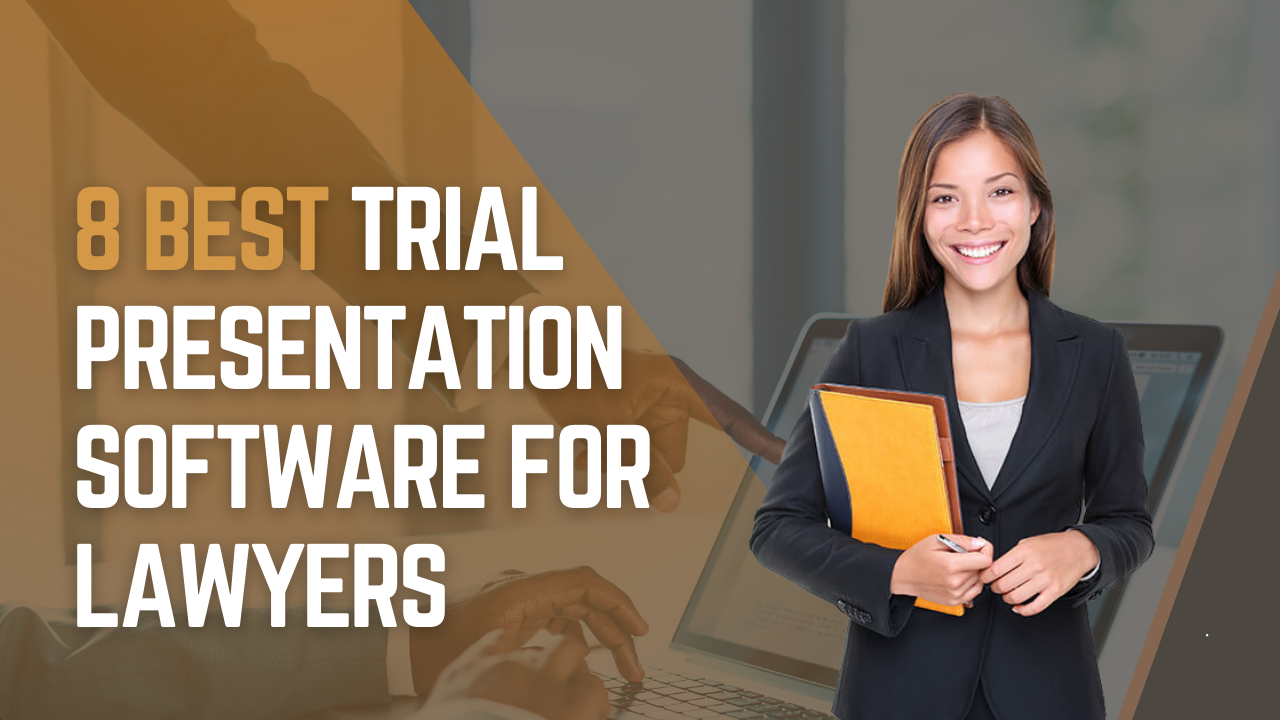From Concept to Courtroom: Actions to Develop Effective and Persuading Trial Presentations
From Concept to Courtroom: Actions to Develop Effective and Persuading Trial Presentations
Blog Article
Browsing the Complexities of Test Presentations: Tips for Seamless Shipment and Compelling Debates
In the world of lawful process, the art of trial presentation stands as a vital factor of success. The intricacies integral in test presentations require a delicate balance of skill, technique, and finesse.

Recognizing Trial Objectives
To successfully browse a test, it is crucial to have a clear understanding of the goals that require to be attained. Prior to entering the courtroom, legal teams need to specify their objectives and desired outcomes. These goals act as leading principles throughout the trial, shaping techniques and influencing decision-making processes.
Comprehending test purposes entails a comprehensive analysis of the situation, lawful criteria, and the customer's finest rate of interests. Trial Presentations. It needs a careful assessment of the realities, determining crucial concerns, and preparing for possible obstacles. By establishing measurable and particular goals, attorneys can customize their presentations and debates to line up with the preferred outcomes
Additionally, a clear understanding of trial objectives makes it possible for lawful groups to prioritize evidence, witnesses, and lawful disagreements efficiently. It allows for the development of a systematic story that resonates with the judge and court, enhancing the overall case discussion.

Organizing Proof Properly
Having a clear understanding of test goals lays the foundation for organizing proof successfully in legal proceedings - Trial Presentations. By aligning the discussion of proof with the desired outcomes of the test, legal teams can reinforce their disagreements and improve their persuasiveness. One essential facet of arranging evidence is classification. Organizing evidence based upon styles or relevance to details lawful elements can aid enhance the presentation and make intricate info more absorbable for the judge or court.
An additional key component in organizing proof efficiently is developing a rational circulation. Presenting proof in a consecutive and meaningful fashion can help construct a compelling story that sustains the legal disagreements being made. Additionally, utilizing aesthetic aids such as graphs, graphes, or timelines can further improve the company of evidence and help in making clear complex connections or series of occasions.
Additionally, making sure that all proof presented is permissible and pertinent to the case is essential. Unimportant or inadmissible proof can interfere with the toughness of the argument and possibly harm the integrity of today celebration. A precise evaluation and choice process ought to be embarked on to consist of only the most lawfully sound and impactful evidence in the trial presentation.
Crafting Persuasive Stories
Crafting engaging narratives plays a pivotal function in presenting influential disagreements during lawful proceedings. When creating a narrative for a test presentation, it is crucial to establish a clear story that highlights crucial points and links them in a coherent view it now way. By weaving together proof, testimony, and legal debates into a influential and cohesive look what i found story, lawful experts can properly promote for their customers and increase the probability of a favorable result in the courtroom.
Grasping Aesthetic Aids
Efficient usage of aesthetic aids is crucial to boosting the impact and clearness of test presentations. Visual help, when made use of strategically, have the power to simplify complicated details, reinforce crucial factors, and leave a lasting perception on the discretionary. To understand visual aids in trial discussions, it is critical to ensure that they are clear, concise, and appropriate to the debates being made.
When including visual aids, such as charts, timelines, pictures, or charts, into a trial presentation, it is important to maintain them aesthetically appealing yet specialist. The visuals need to enhance the spoken debates, providing a graph of the information being talked about without overwhelming the audience with unnecessary details.
Moreover, exercising with the aesthetic help ahead of time is important to guarantee a seamless delivery during the test. Acquainting oneself with the material, shifts, and timings of each visual aid can help maintain the circulation of the discussion and stop technical glitches that may arise.
Supplying Impactful Closing Debates
A compelling closing debate serves as the end result of a test presentation, encapsulating the core story and convincing the court and jury in the direction of a beneficial decision. Begin by laying out the main arguments that support your client's placement, stressing why the evidence presented throughout the test sustains your narrative.
Moreover, integrating emotional charm can better reinforce your closing argument. Ultimately, a well-crafted closing argument ought to leave a long lasting perception, engaging the court and court to rule in your customer's support.
Final Thought
To conclude, understanding test discussions includes recognizing purposes, arranging proof, crafting stories, using visual aids, and delivering impactful closing arguments. By executing these techniques efficiently, attorneys can present their case seamlessly and make engaging debates in the court room. It is critical to browse the intricacies of trial presentations with accuracy and ability to accomplish success in legal proceedings.
By aligning the discussion of proof with the preferred outcomes of the test, lawful teams can strengthen their debates and boost their persuasiveness (Trial Presentations). To grasp visual help in test presentations, it is crucial to make certain that they are clear, succinct, and appropriate to the arguments being made
An engaging closing disagreement serves as the end result of a trial presentation, enveloping the core story and persuading the court and court towards a desirable decision. Begin by outlining the major disagreements that sustain your customer's position, stressing why the evidence offered throughout the trial sustains your narrative.In conclusion, grasping trial discussions involves recognizing objectives, arranging evidence, Extra resources crafting stories, utilizing aesthetic aids, and supplying impactful closing arguments.
Report this page